Different Types Of Hair Dye – A Complete Guide
Here's everything you need to know about hair colors before you take the transformative plunge.
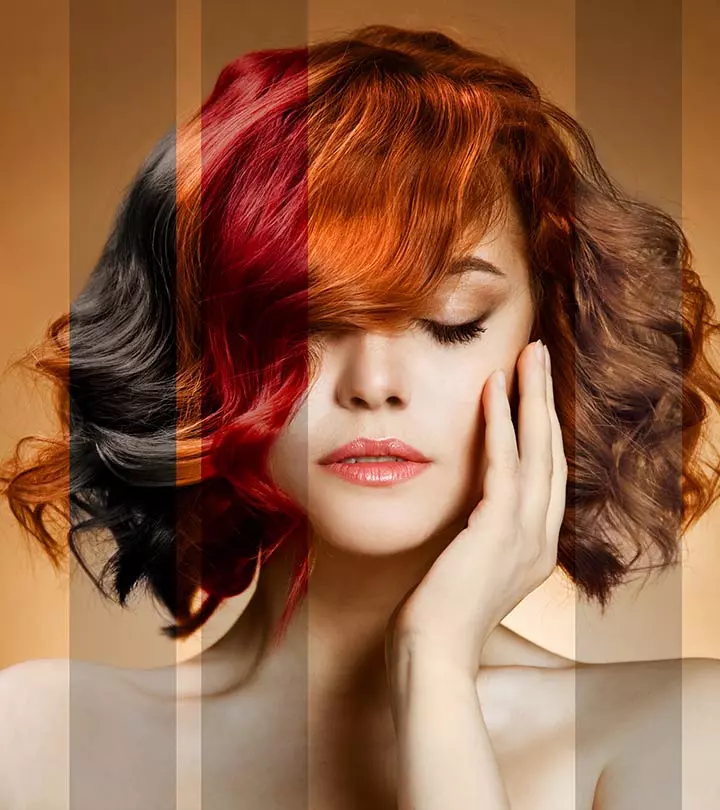
Image: Shutterstock
Today, consumers are flooded with choices, with many new brands providing some fantastic products. You can choose from various types of hair dye, accessories, cosmetic brands, and other products. However, when it comes to picking hair coloring products, things may not seem as easy as they sound.
Changing your hair color gives your lifestyle a refreshing new look. However, there is more to hair coloring than simply selecting the right shade of hair dye. To achieve a satisfactory color result, you also need to understand how the various ingredients of hair dye work.
 Trivia
TriviaOur hair dye guide will help you get started. It explains how hair dyes work, why they are effective, how to use them properly and avoid hair color disasters. Keep reading to learn more.
In This Article
What Is Hair Dye?
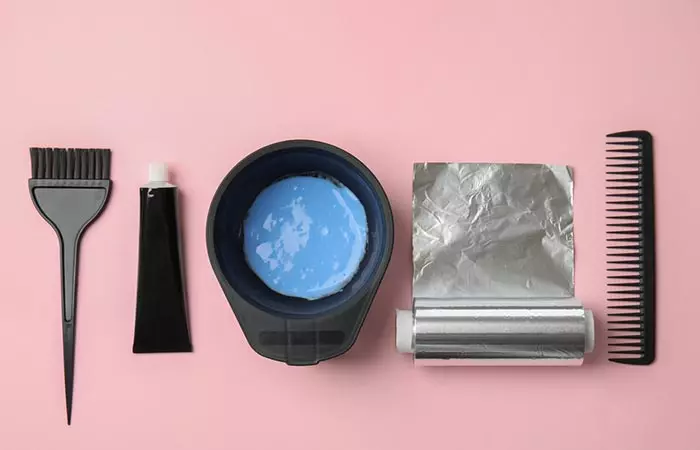
Let us start with the very basics and understand what hair dye or color is. As the name suggests, hair dye uses chemicals such as p-phenylenediamine (PPD) to change the color of your hair. You can color your hair for a variety of reasons:
- Covering gray or white hair
- Wanting to get a fashionable makeover
- Restoring your original hair color if it was discolored during sun bleaching or other hair dyeing processes
Note that hair colors typically differ on two accounts:
- How long they last
- How they color your hair
 Fun Fact
Fun FactNow that you have a fair idea about why you want to color your hair, let us look at the different types of hair color.
This graph depicts the worldwide market value of hair color and dye in 2020, along with a projection till 2027. The sector is projected to experience a rise in revenue in the years to come because of the growing interest in personal styling. The global market for hair color recorded sales of around 21.4 billion dollars in 2020, and it is anticipated that this market would increase to roughly 36.2 billion dollars by 2027.

Market Value Of Hair Dye/Color Worldwide
Source: StatistaKey Takeaways
- Choosing any hair dye is majorly dependent on hair health.
- There are many reasons to dye your hair, like managing grays or getting a makeover.
- Permanent, temporary, semi-permanent, and demi-permanent are some common types of hair dyes.
Understanding The Different Types Of Hair Colors: A Complete Guide
1. Temporary Hair Dye
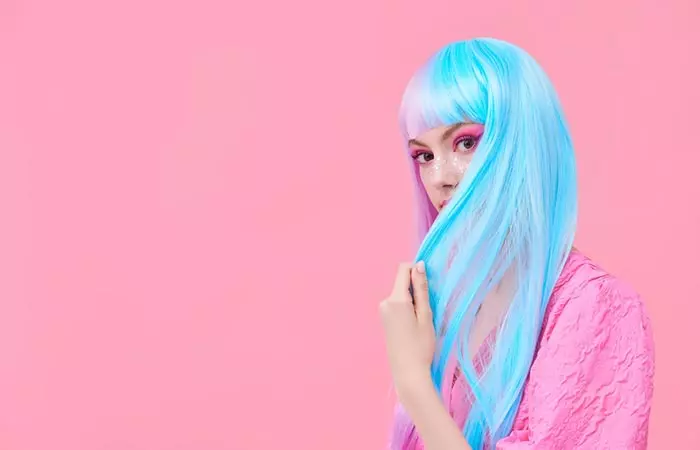
A. What Is It?
Temporary dyes
are made of compounds with large-sized molecules. They help in changing your hair tint instantly. You can use it if you wish to recolor regrowth, cover gray hair, or give yourself a temporary makeover. Also, this is a deposit-only hair color; you can go darker, but not lighter.
B. How Effective Is It?
This hair treatment needs constant re-application every few weeks. With each application, you’ll notice that the color gradually changes from gray to yellow-brown to burgundy.
C. How Does It Work?
The large-sized molecules of temporary dye do not allow the color to penetrate into the hair shaft. The color simply sits outside the hair shaft, close to the hair surface. In other words, this type of hair dye will not lighten, darken, or change the actual hair color in any way.
You can use these dyes to brighten your original hair shade or enhance your dyed hair. So, you will find a host of uncommon temporary colors (think: blue, pink, purple, green, gold, and so on). All in all, if you wish to highlight a few strands, you can use this temporary hair dye.
D. How Long Does It Last?
Since this type of hair color is less aggressive in nature, it can be washed out in just one wash.
However, if you have low-quality porous hair, the dye may get absorbed deeper and stay on for a longer period of time.
2. Semi-Permanent Hair Dye
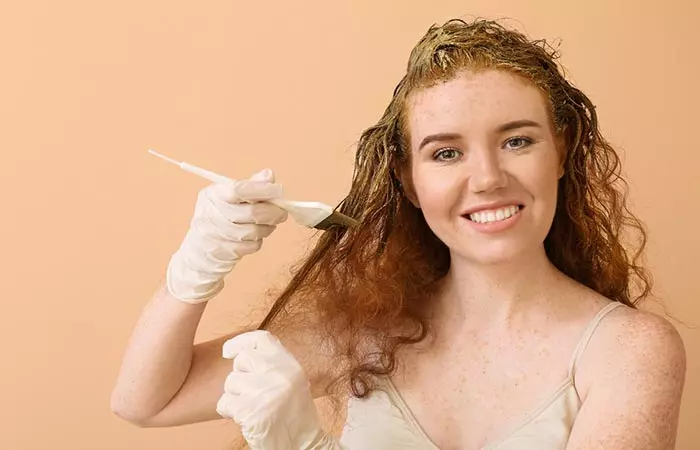
A. What Is It?
or direct dyes do not contain ammoniai An alkaline used in hair coloring to open up the cuticles to allow the dye to reach the innermost cortex of the hair shaft. or hydrogen peroxide. These dyes are primarily of two types:
- Synthetic: These are pre-formed dyes that contain nitro amines or nitro benzenes.
- Natural: The most common form of semi-permanent natural hair dyes include henna and indigo, which are often used together to color hair naturally and organically.
B. How Effective Is It?
As this dye is gentler on the hair, it can cover only 30% of grays. Also, note that you can only darken the hair color with this type of hair dye. You cannot lighten it. All in all, if you have fragile and damaged hair, semi-permanent hair dye is for you.
C. How Does It Work?
This dye does not penetrate into the hair cortex. Instead, it gets deposited on the hair cuticles and acts as a sheer coating. If you simply wish to alter the tone of your hair, this dye is for you.
Semi-permanent hair dye usually does not contain PPD. Hence, it does not cause any allergic reactions. So if you have hypersensitive skin, you can use this hair dye.
Note: Some permanent colors with PPD in them can be modified by using a lower volume activator to make them semi-permanent. Hence, there would still be PPD in that formula.
D. How Long Does It Last?
Depending on your hair’s health and porosity, the color will wash off thoroughly in 4 to 12 washes. But, if you feel it’s not going off, you can read a guide about getting rid of semi-permanent hair dye for better insight.
3. Demi-Permanent Hair Dye
A. What Is It?
Demi-permanent dyes are chemically milder than permanent dyes as they do not contain ammonia and have only 2% of hydrogen peroxide (as opposed to 6% in permanent dyes).
B. How Effective Is It?
These dyes impart a more natural color to the hair shaft. So, the new hair growth from the roots looks more natural in color and not as contrasting as permanent hair color. Compared to permanent hair dye, this type of hair color washes off after a couple of washes.
C. How Does It Work?
Demi-permanent hair dye works on the cuticle and can penetrate into the hair shaft. However, it cannot bleach the hair pigment already present as the concentration of hydrogen peroxide is low. Plus, these dyes do not impart color as uniformly as permanent hair color but can enhance the natural color.
This type of hair dye is ideal if you have up to 50% grays. It can change the tone of your hair color and add shine to it. It cannot lift or lighten the pre-existing hair color. In other words, you should go for a similar or darker shade than your present hair color.
Since this hair dye is gentler, by extension, it is less damaging to the hair shaft. That said, you should do a patch test to reduce the chances of an allergic reaction. If you have damaged and fragile hair, you can use demi-permanent hair dye to cover grays.
D. How Long Does It Last?
Demi-permanent color lasts for up to 28 shampoo washes, depending on your hair’s health and porosity. Also, the color will fade but never completely wash out. The line of demarcation will be softer than the permanent color.
Janine, a blogger, shares her experience of dyeing her hair black using a demi-permanent hair color. She writes, “Now this bit is important for me; I use demi-permanent, (not semi-permanent or permanent dye). I didn’t use semi-permanent, because I didn’t want it to wash out quickly. I don’t use permanent, because the dye penetrates more layers of your hair and is therefore more damaging (i).” She continues, “The color remains in my hair until my roots have grown out again, and by that time I am re-dyeing it again to cover up my roots anyway.”
4. Permanent Hair Dye
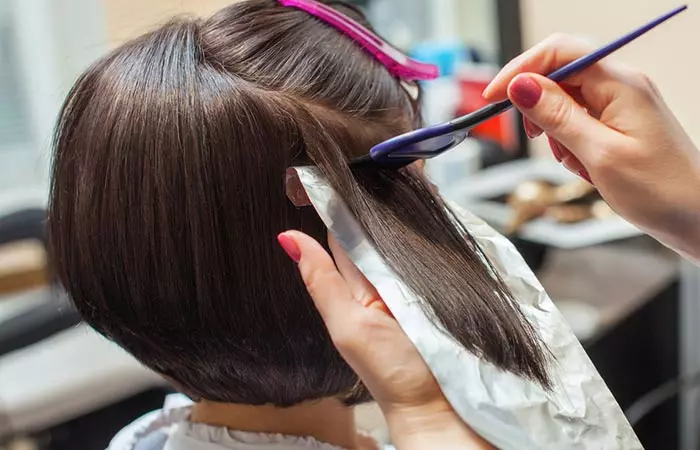
A. What Is It?
Permanent hair dyes are hair dyes that do not get washed away. They generally contain four important components:
- Colorless dye precursors (like PPD)
- Oxidizing agents like hydrogen peroxide (in 6% concentration)
- Ammonia
- Couplersi Reactive compounds used in hair dyes that help produce the desired colors by mixing one or more colors at once.
There are some permanent hair dyes that do not contain any PPD, resorcinoli An organic compound obtained from resins and used in hair dyes, shampoos, and ointments. Also known as carbolic acid. , or other harmful or allergenic chemicals. Though they contain chemicals, they are not currently known to be a health hazard.
B. How Effective Is It?
When it comes to efficacy, permanent dyes top the list, allowing for 100% gray coverage even on resistant grays. More importantly, they ensure that all your hair gets uniformly colored. So if you wish to lighten or darken your hair or completely change your hair color, go for permanent dye.
C. How Does It Work?
This type of hair dye makes use of oxidation to color the hair shaft. It involves a three-step process:
- The PPD molecules open the cuticles and penetrate into the hair shaft with the help of ammonia.
- Once the PPD components are inside the hair shaft, hydrogen peroxide (present in the dye) bleaches the hair’s natural color.
- Hydrogen peroxide oxidizes the PPD molecules to deposit new color and successfully apply the new hair color.
- Post this, the cuticle reseals and prevents the hair color from escaping.
Care should be taken when using permanent dyes as:
- Using dark shades can make your hair look unnatural or too dark.
- Sometimes, you may end up with a hair color that is lighter than your natural hair since it is bleached by hydrogen peroxide to allow the new color to take over.
- You may develop an allergic reaction to the dye. This is why doing a patch test before using it becomes essential.
To do a patch test:
- Apply the dye mix with a cotton swab on your elbow or forearm. Make sure that the area is clean.
- Let it dry.
- If you experience any discomfort such as redness, burning, or itching within 48 hours of application, it is an allergic reaction.
- If you do not experience any of the symptoms mentioned, you can use the dye on your scalp.
D. How Long Does It Last?
The biggest advantage of using permanent hair dye is that it does not get washed off. The color will last permanently. However, it can fade depending on your hair condition and exposure to UV and chlorine. Red dyes are prone to fading and are the hardest to be kept vibrant. That said, you will need to go for a touch-up every 4 to 6 weeks as the new hair grows.
5. Gradual Hair Dye Or Metallic Dye
A. What Is It?
Gradual hair dyes are basically an aqueous solution of metals.
B. How Effective Is It?
This hair dye needs constant re-application every few weeks. With each application, you’ll notice that the color gradually changes from gray to yellow-brown to burgundy.
C. How Does It Work?
When you apply gradual dye to your hair, it imparts a dark shade of the metal oxides or sulfides present in it.
These metallic hair dyes do not contain PPD. However, it is still a good idea to do a patch test before using them. If you plan on perming or straightening your hair, do not color your hair with these types of metallic dyes. These dyes can melt off your previously dyed hair.
D. How Long Does It Last?
The color will easily fade off by shampooing. As a result, you will need to constantly apply it to get the desired results.
6. Ammonia-Free Hair Dye
A. What Is It?
Simply put, ammonia-free hair dye is a hair color that does not contain ammonia. However, these dyes may contain other alkalis similar to ammonia. Moreover, they may contain emollient oils and other ingredients to impart moisture and protein to your hair during the hair coloring process. Many hair color brands offer ammonia-free solutions and they are popular among enthusiasts as ammonia can damage the hair and irritate the scalp (1).
B. How Effective Is It?
Ammonia is a common ingredient in most permanent and semi-permanent hair dyes as it is effective in helping the color penetrate the hair shaft. Hence, ammonia-free dyes will not be as effective as dyes that contain ammonia. But, it depends on which color line you use and the colors you choose as to how good the coverage will be. Also, they are less damaging to the hair and gentler on the scalp.
C. How Does It Work?
Ammonia-free hair dyes can help you cover your grays and add shine and warmth to your natural color. They work just like the ones with ammonia and penetrate the cuticle.
Ammonia-free hair dyes do not open up the cuticle of the hair. They only coat the outer layer of your hair strands, thereby providing short-term results. Thus, it is a good option for anyone who wants to cover their grays quickly.
D. How Long Does It Last?
Ammonia-free hair dye will gradually fade away each time you wash your hair. However, many will last just as long, requiring 4-6 week root touch ups.
7. Highlights
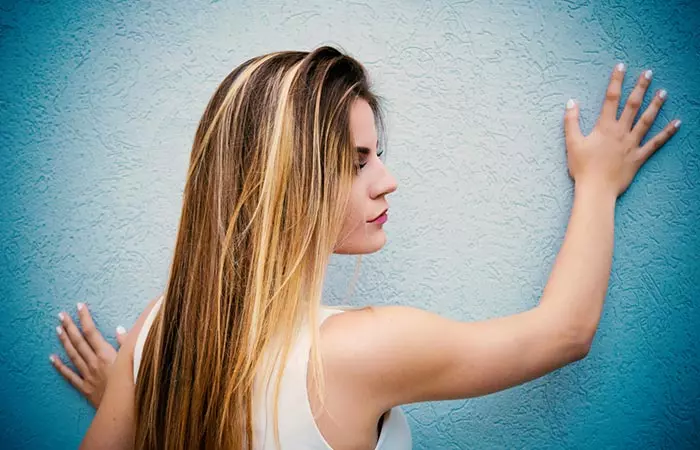
A. What Is It?
Highlights are basically hair color techniques entailing partial coloring of specific hair strands, especially if you wish to make your hair color lighter.
B. How Effective Is It?
Highlights are extremely effective in lightening sections of your hair since it contains bleaching agents. The results are long-term, or at least until your roots start growing out.
C. How Does It Work?
Highlights are done by hand-painting. Basically, you color small sections of your hair. Then, you will need to wrap the hair sections in the foil or hand separate them in order to process the color.
If you want a natural-looking highlight effect, you should highlight the mid-section to the ends of your hair.
D. How Long Does It Last?
Your highlights will typically last up to two or three months, depending on your root growth. Since the hair has been lightened, it will never go back to its original darker color but it may lose its vibrancy or some of the added pigment.
Note: If you color your hair with the intent to go darker, that is considered a “low-light”.
8. Hair Bleach
A. What Is It?
Hair bleach is a chemical substance used to lighten or decolorize natural hair color. It is commonly used as a preparatory step for individuals who desire vibrant or unconventional hair colors, especially if their natural hair shade is dark.
B. How Effective Is It?
Hair bleach is effective in lightening your hair. However, this action also depends on the bleach strength, hair condition, and the technique used.
C. How Does It Work?
Hair bleach typically contains hydrogen peroxide, an oxidizing agent. Hydrogen peroxide, when applied to the hair, penetrates the hair shaft and reacts with the melanin molecules to break them down into smaller, colorless particles.
D. How Long Does It Last?
While the results usually last for several weeks to a few months, the exact duration varies from person to person.
Infographic: Hair Dye 101: The Different Types
Choosing the right hair dye can completely transform your look and boost your confidence. With a wide range of options available, understanding the different types of hair dyes is essential to make an informed decision. This infographic below will walk you through the various options and help you discover the perfect one to express your style and personality. Check it out!

Illustration: StyleCraze Design Team
There are 7 types of hair dye that you can choose from. You should select a hair dye based on your hair health, hair color, and intended hair color. For example, temporary dyes can be used to color regrowths, for gray coverage, and for a regular hair makeover. But semi-permanent hair dyes cannot be used to cover gray hair effectively.
So, scroll up, read through each of the different dye types, and figure out which one best suits your hair needs. Remember to follow the instructions on the dye box properly and carefully. You can find many hair coloring vlogs to help, or you can consult a hair colorist at your regular salon.
Frequently Asked Questions
What is the difference between hair color and hair dye?
A lot of people use “hair color” and “hair dye” interchangeably. However, there is a small technical difference. While hair dye penetrates the hair shaft to change its color, hair color just changes the surface color. Therefore, hair dye lasts longer than hair color.
What is the most natural hair dye?
The most natural and popularly used hair dye is henna.
What is the best hair dye for allergies?
To avoid allergies, your best options are temporary hair dye and semi-permanent or natural hair dyes like henna or indigo. However, it is recommended that you do a patch test before applying any kind of dye.
Illustration: Different Types Of Hair Dye - A Complete Guide
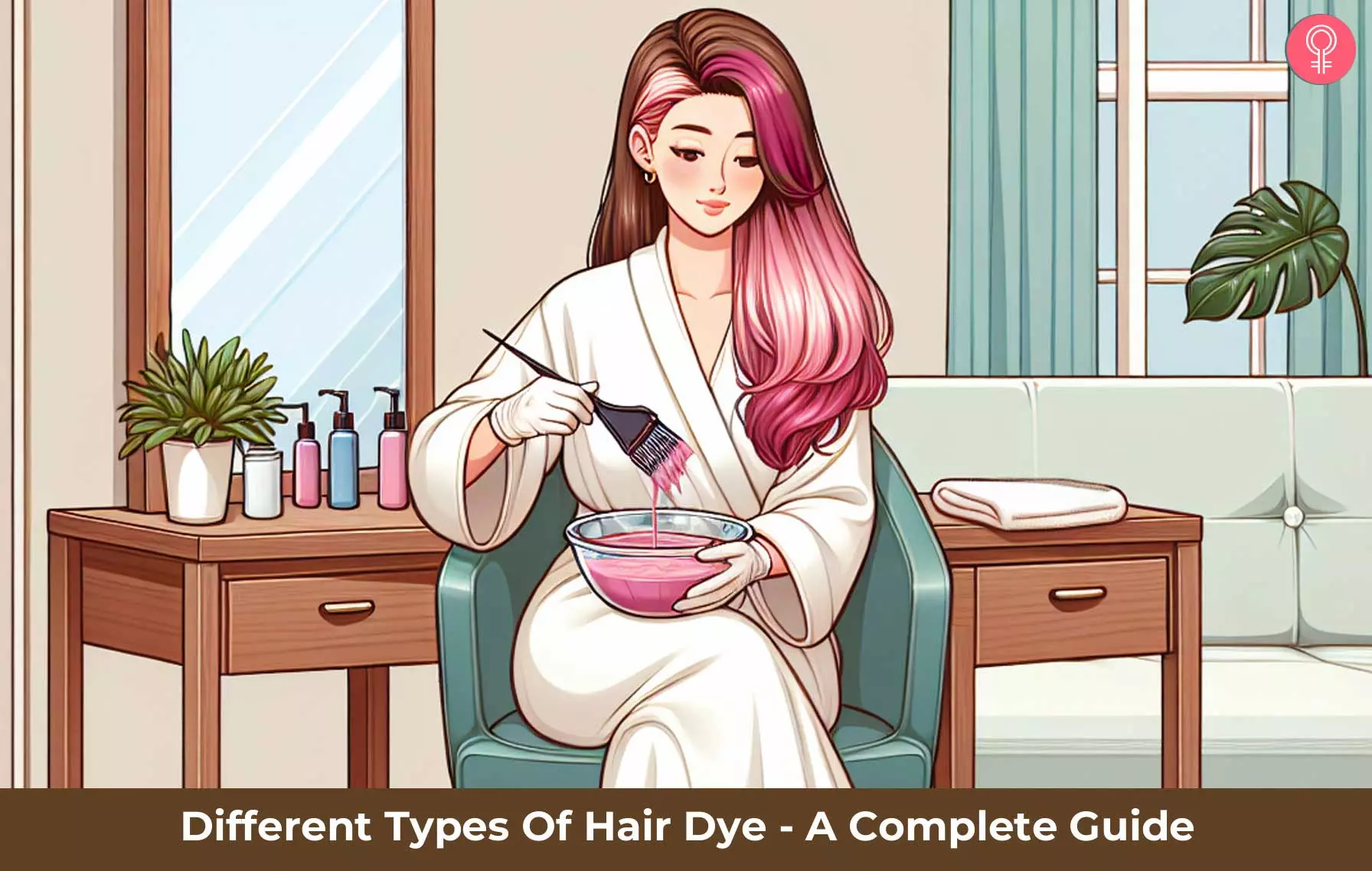
Image: Dall·E/StyleCraze Design Team
Check out this video to learn how to add trendy highlights to black hair! See the different colors and styles you can try, with pictures and names.
Personal Experience: Source
StyleCraze's articles are interwoven with authentic personal narratives that provide depth and resonance to our content. Below are the sources of the personal accounts referenced in this article.
i. My Experience: Dyeing and Maintaining Black Hairhttps://theeverydayalternative.wordpress.com/2018/02/27/my-experience-dyeing-and-maintaining-black-hair/
References
Articles on StyleCraze are backed by verified information from peer-reviewed and academic research papers, reputed organizations, research institutions, and medical associations to ensure accuracy and relevance. Read our editorial policy to learn more.
- Comparison of damage to human hair fibers caused by monoethanolamine and ammonia based hair colorants
https://pubmed.ncbi.nlm.nih.gov/24602818/
Read full bio of Martine Langsam
Read full bio of Arshiya Syeda
Read full bio of Ramona Sinha
Read full bio of Medha Deb







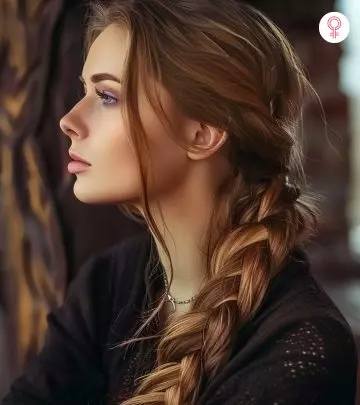

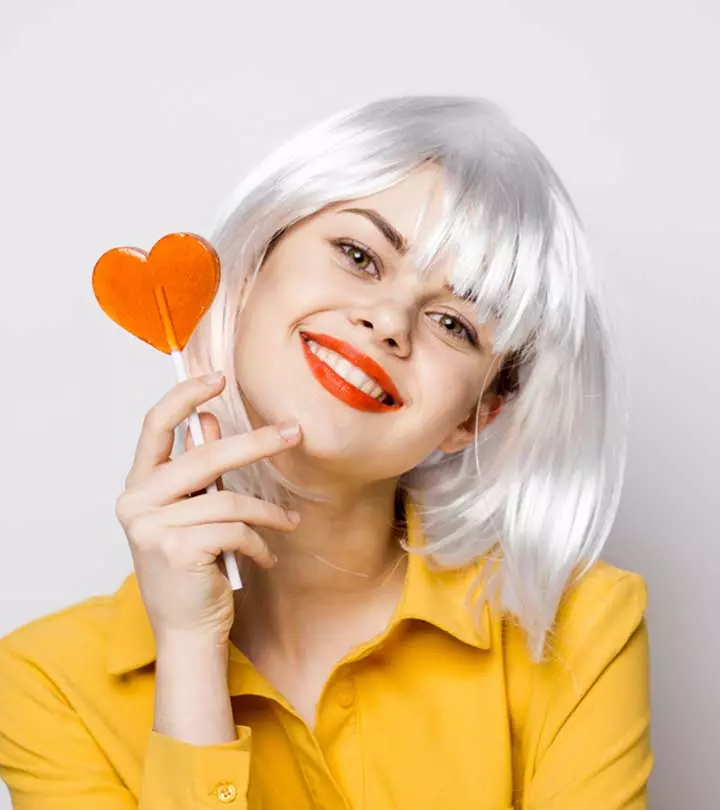
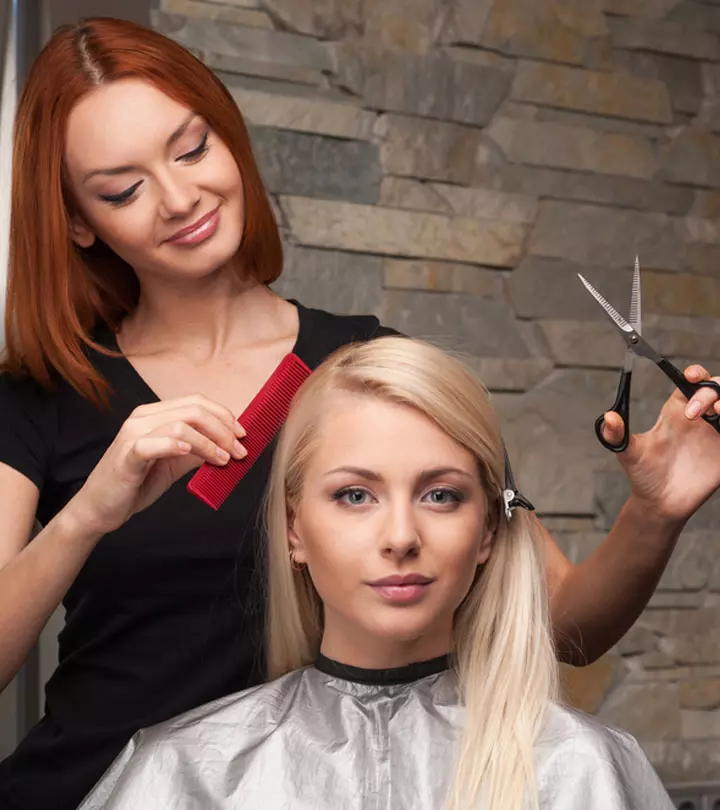
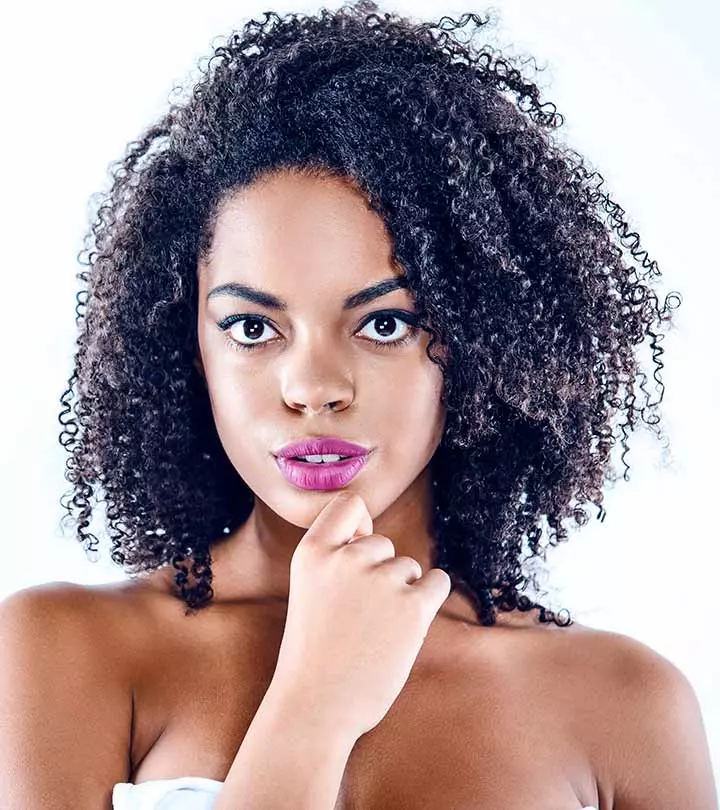
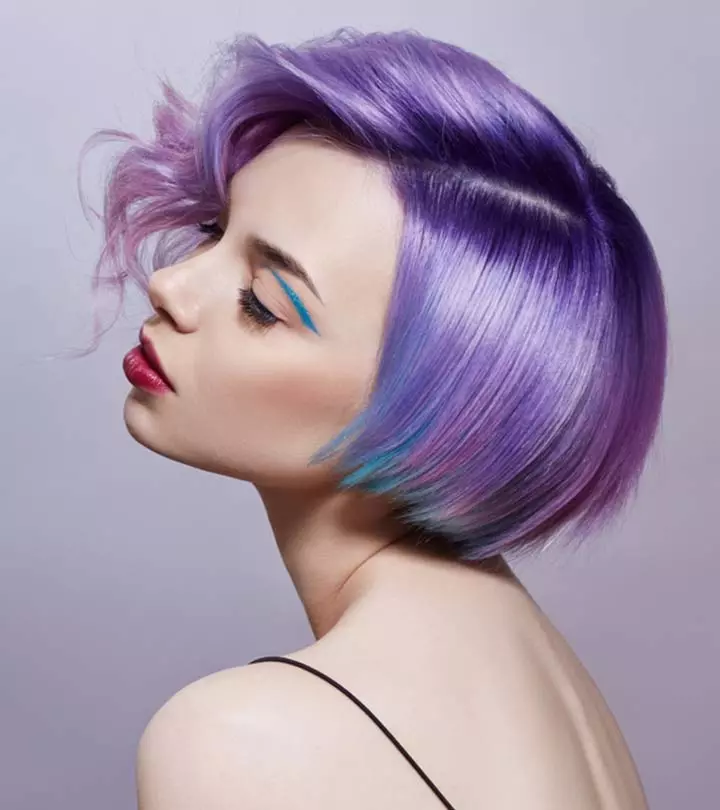
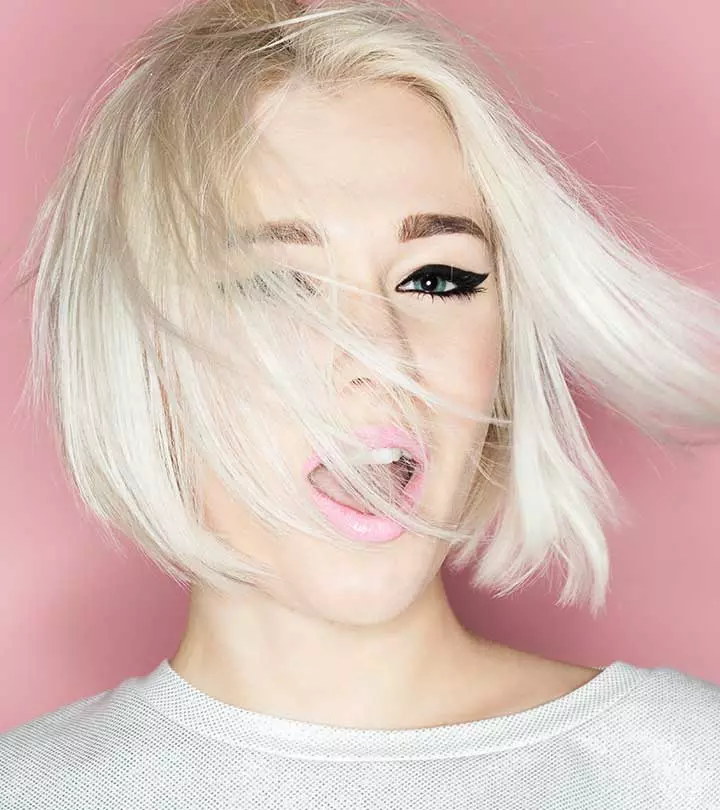
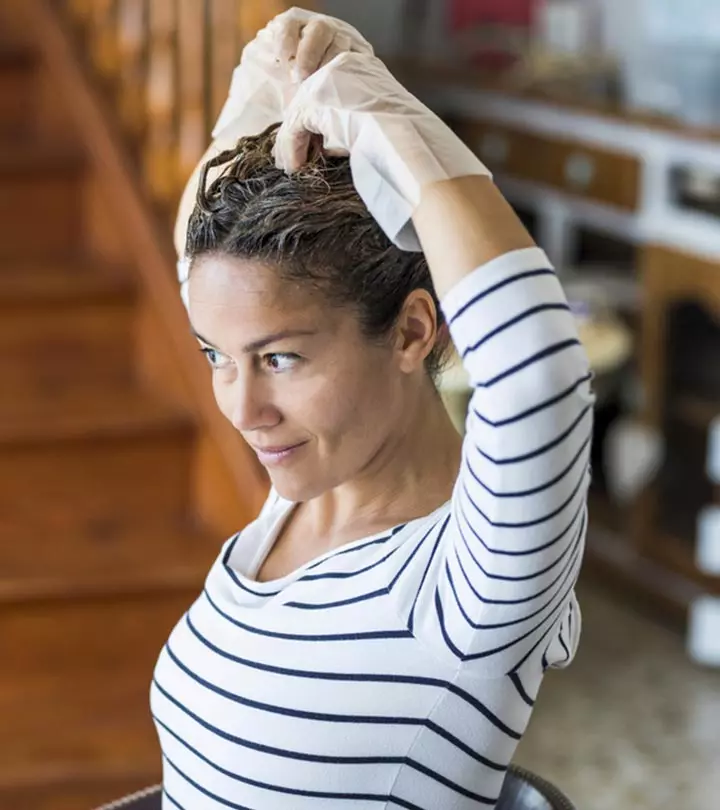
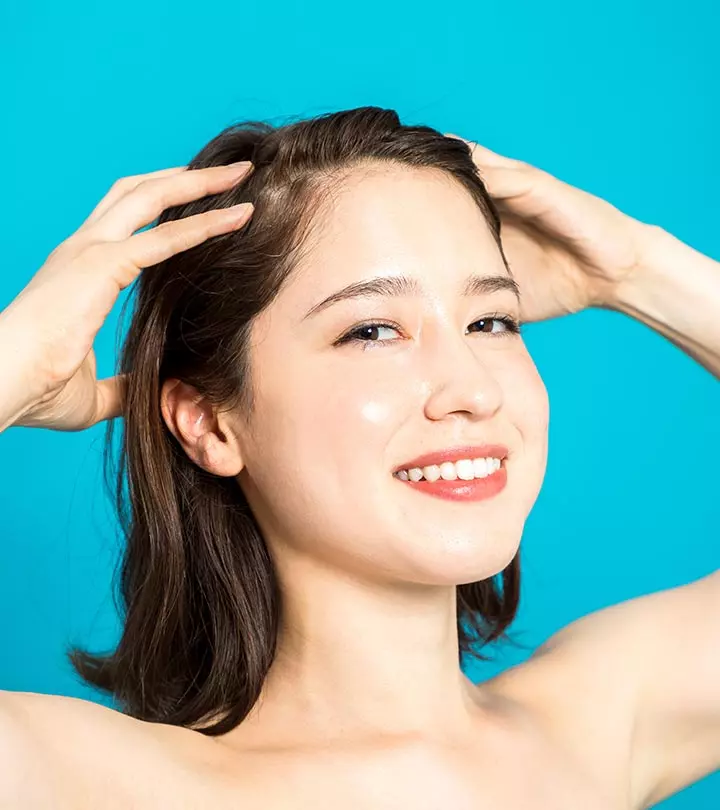

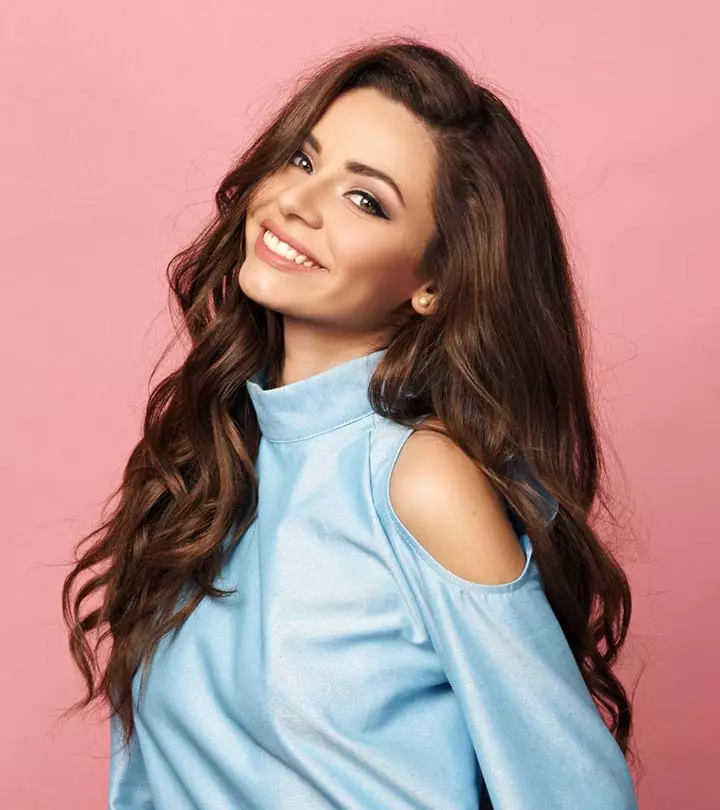
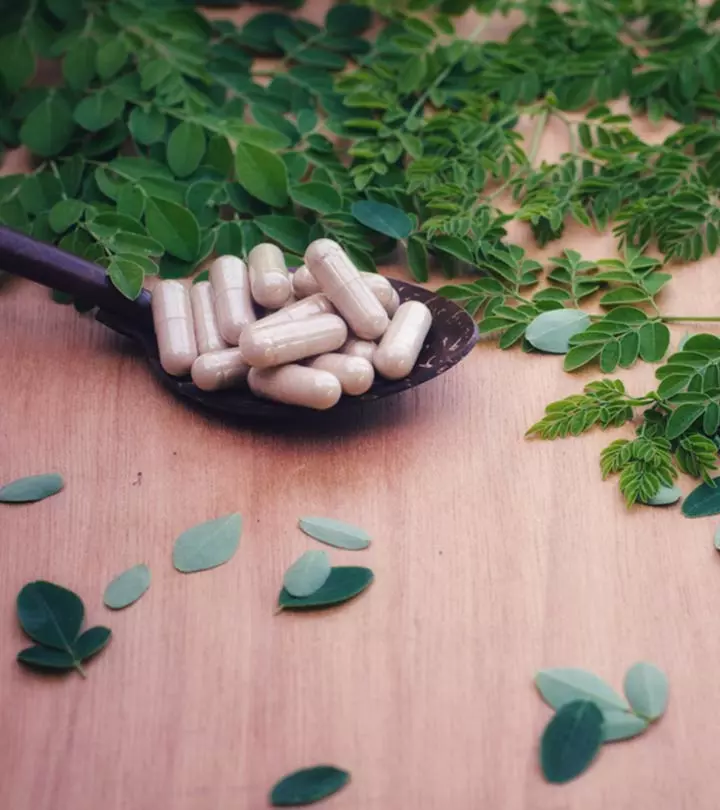
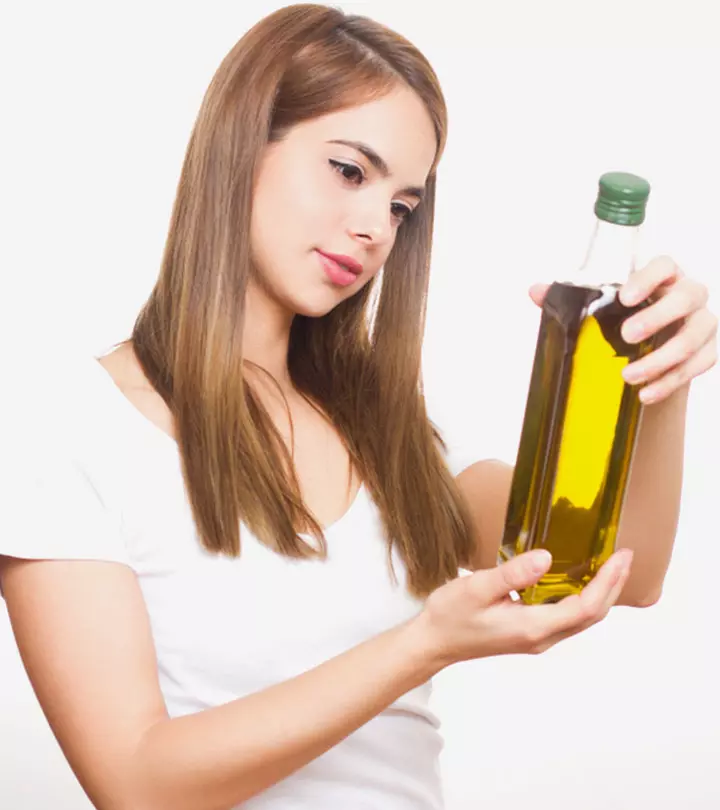
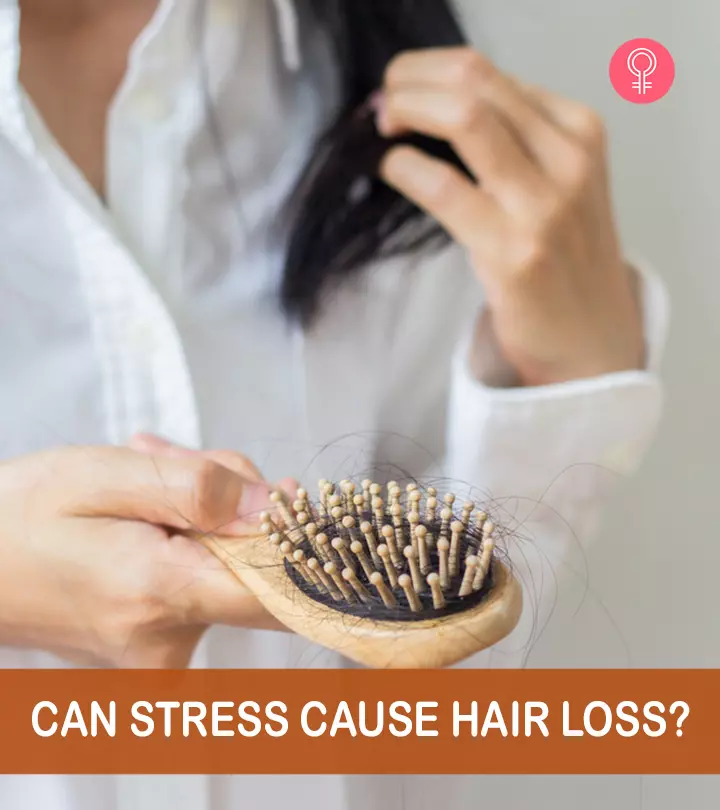
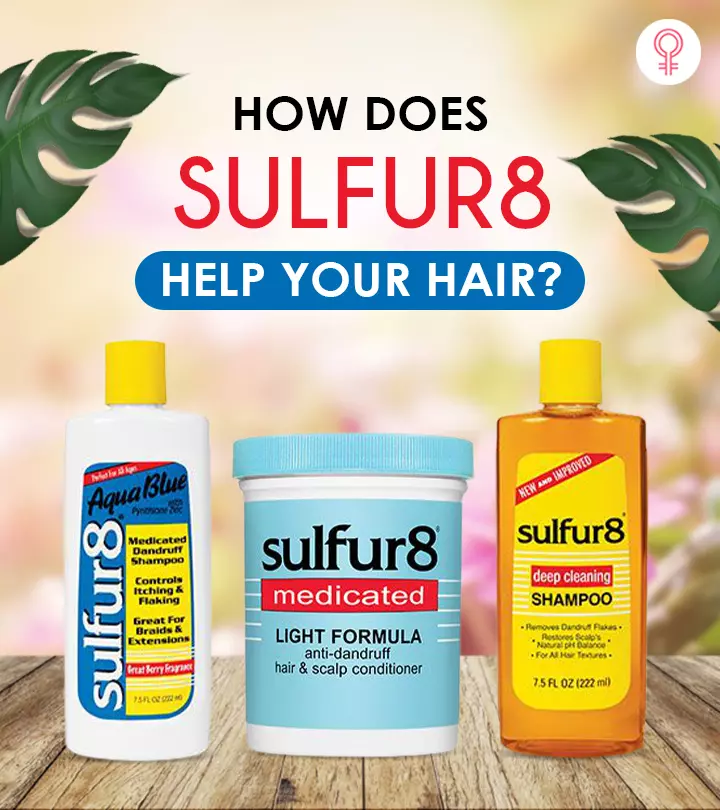
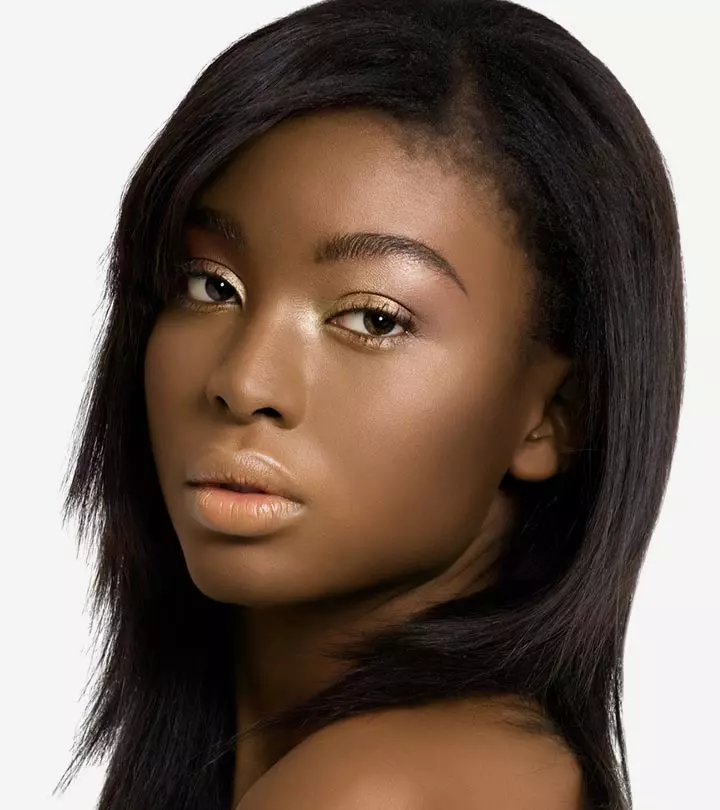

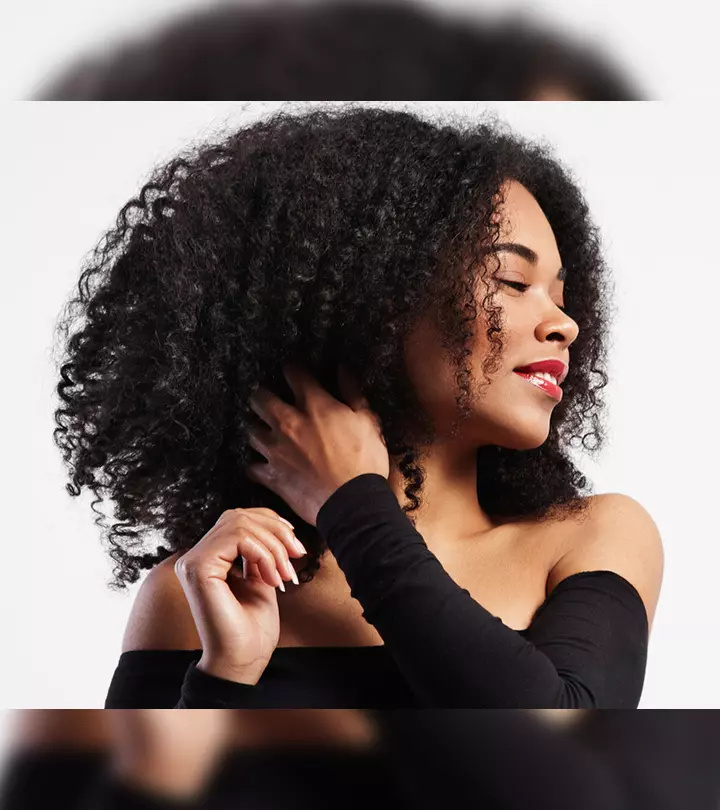

Community Experiences
Join the conversation and become a part of our empowering community! Share your stories, experiences, and insights to connect with other beauty, lifestyle, and health enthusiasts.